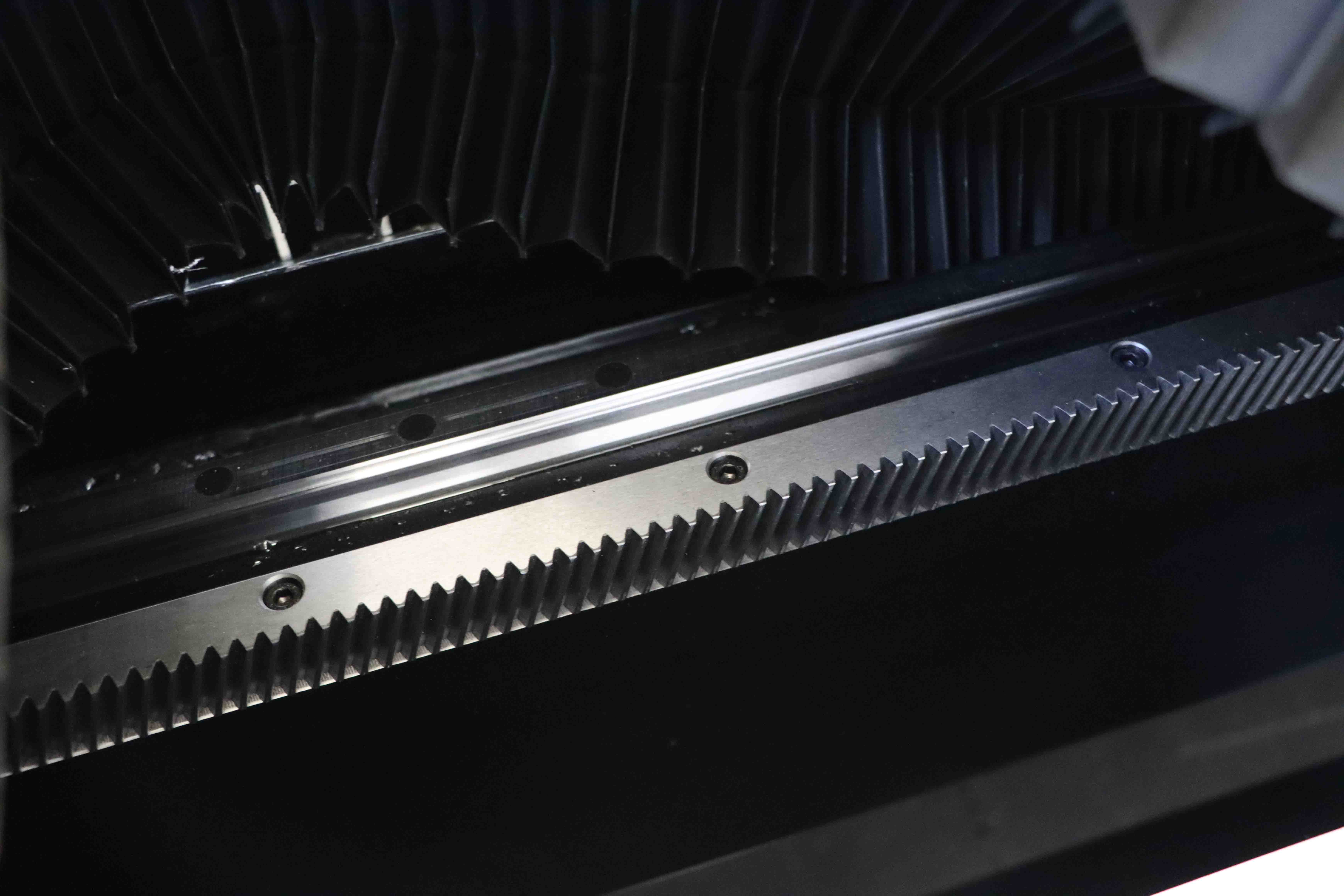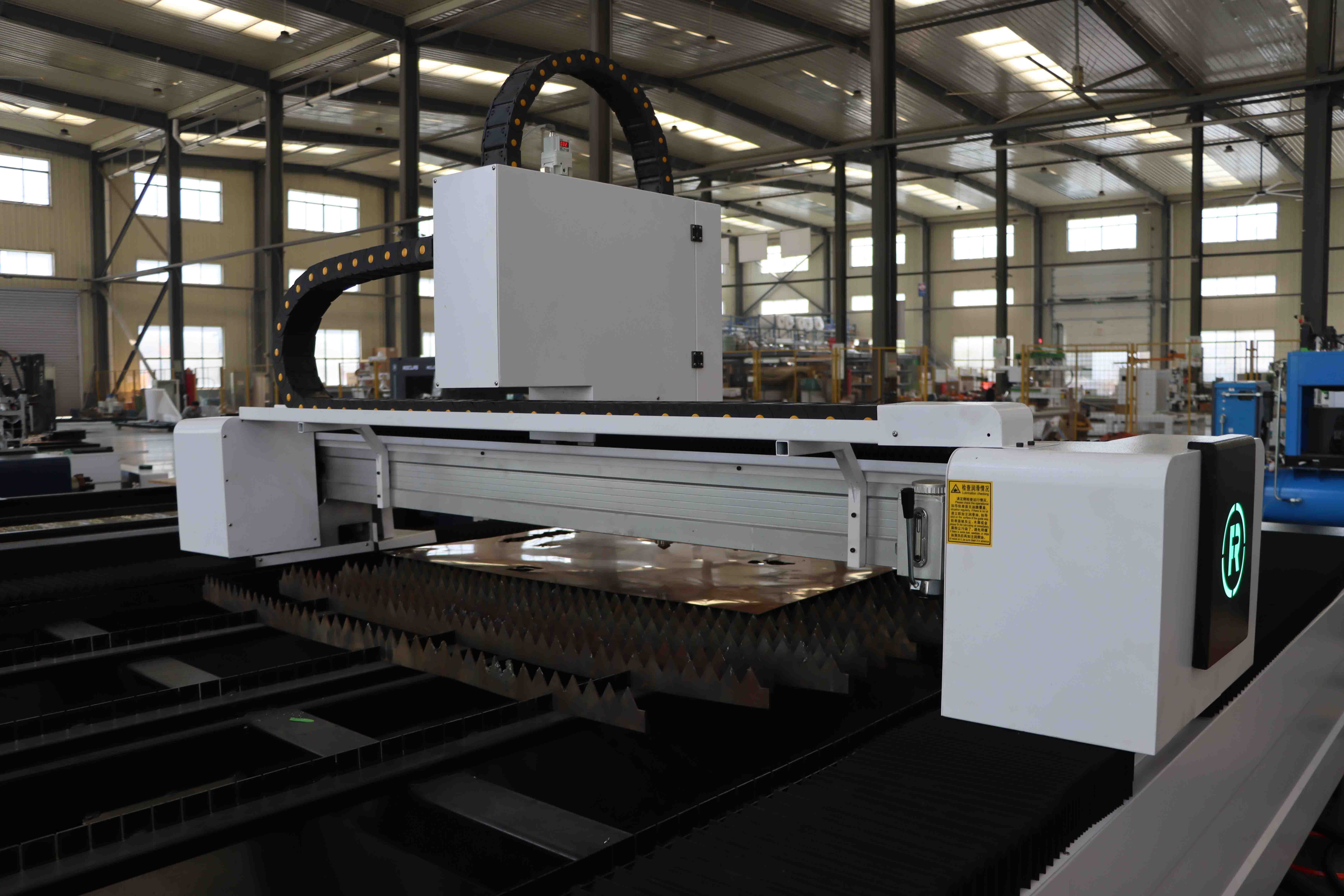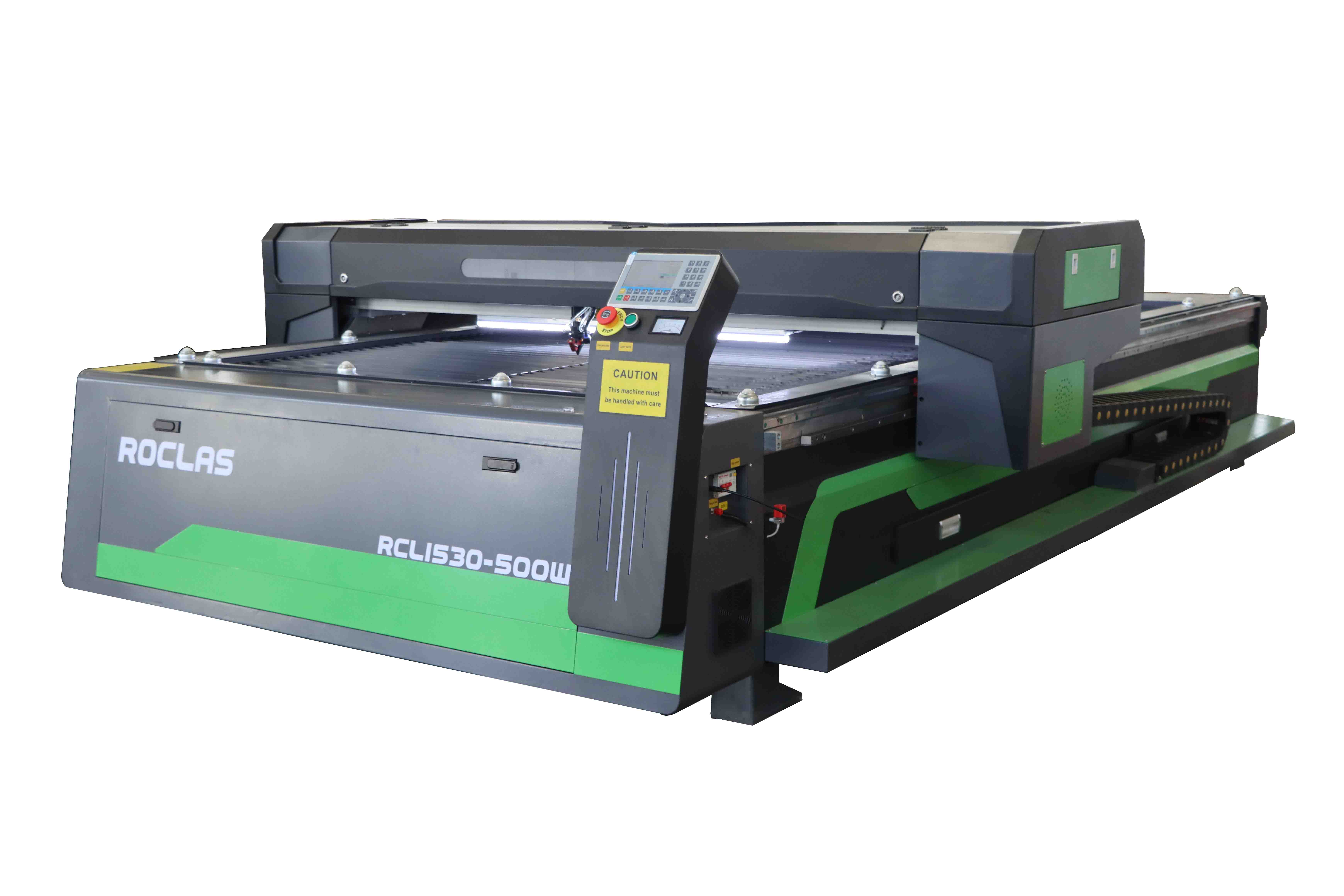Introduction
Laser cutters have revolutionized the manufacturing and creative industries by offering precision, speed, and versatility in cutting and engraving a wide range of materials. From industrial applications to hobbyist projects, laser cutters have become an indispensable tool. This comprehensive guide will delve into the different types of laser cutters, their applications, and how to choose the right one for your needs.

Types of Laser Cutters
1. CO2 Laser Cutters

- How They Work CO2 laser cutters use a gas laser, typically a mixture of carbon dioxide, nitrogen, and helium, to produce a laser beam. This beam is then focused through a lens to cut or engrave materials.
- Materials Ideal for cutting and engraving non-metallic materials such as wood, acrylic, leather, glass, and paper.
- Applications Widely used in the signage industry, packaging, and for creating intricate designs in wood and acrylic.

2. Fiber Laser Cutters
- How They Work Fiber laser cutters use a solid-state laser that is generated through optical fibers doped with rare-earth elements like erbium, ytterbium, or neodymium.
- Materials Best suited for cutting metals, including steel, aluminum, brass, and copper.
- Applications Commonly used in the automotive, aerospace, and electronics industries for precision cutting of metal components.
3. Diode Laser Cutters
- How They Work Diode laser cutters use semiconductor diodes to produce a laser beam. They are generally less powerful than CO2 and fiber lasers but are more compact and energy-efficient.
- Materials Suitable for cutting and engraving thin materials like paper, cardboard, and thin plastics.
- Applications Popular among hobbyists and small businesses for crafting, prototyping, and small-scale production.
4. NdYAG/NdYVO4 Laser Cutters
- How They Work These laser cutters use a crystal (YAG or YVO4) doped with neodymium to produce a laser beam. They are similar to fiber lasers but are less common.
- Materials Effective for cutting and engraving metals, ceramics, and some plastics.
- Applications Used in specialized industrial applications, including medical device manufacturing and precision engineering.
Applications of Laser Cutters
1. Industrial Manufacturing
- Automotive Industry Laser cutters are used to cut and shape metal components for vehicles, including body panels, engine parts, and exhaust systems.
- Aerospace Industry Precision cutting of lightweight materials like titanium and aluminum for aircraft components.
- Electronics Industry Cutting and engraving circuit boards, enclosures, and other electronic components.
2. Art and Design
- Custom Artwork Artists use laser cutters to create intricate designs in wood, acrylic, and metal.
- Jewelry Making Precision cutting and engraving of metals and gemstones for custom jewelry pieces.
- Architectural Models Creating detailed scale models of buildings and structures.
3. Signage and Advertising
- Custom Signs Laser cutters are used to create signs from materials like acrylic, wood, and metal.
- Promotional Items Engraving logos and designs on items like pens, keychains, and plaques.
4. Education and Prototyping
- STEM Education Laser cutters are used in schools and universities to teach students about design, engineering, and manufacturing.
- Rapid Prototyping Engineers and designers use laser cutters to quickly create prototypes of new products.
How to Choose the Right Laser Cutter
1. Determine Your Needs
- Material Type Consider the materials you will be cutting or engraving. CO2 lasers are best for non-metals, while fiber lasers are ideal for metals.
- Cutting Thickness Different lasers have different power levels, which affect their ability to cut through various thicknesses of material.
- Speed and Precision Higher-powered lasers can cut faster and more precisely, but they are also more expensive.
2. Budget
- Initial Cost Laser cutters can range from a few hundred dollars for small diode lasers to tens of thousands of dollars for industrial-grade fiber lasers.
- Operating Costs Consider the cost of consumables like laser tubes, lenses, and electricity.
3. Space and Portability
- Workspace Ensure you have enough space for the laser cutter and any necessary ventilation systems.
- Portability If you need to move the laser cutter frequently, consider a smaller, more portable model.
4. Software and Compatibility
- Design Software Ensure the laser cutter is compatible with the design software you plan to use.
- File Formats Check which file formats the laser cutter can process (e.g., DXF, SVG, AI).
5. Safety Features
- Ventilation Proper ventilation is essential to remove harmful fumes and particles generated during cutting.
- Emergency Stop Look for a laser cutter with an emergency stop button for added safety.
- Laser Safety Class Ensure the laser cutter meets safety standards and is classified appropriately (e.g., Class 1, Class 4).
Maintenance and Care
1. Regular Cleaning
- Lens and Mirrors Clean the lens and mirrors regularly to ensure optimal performance.
- Cutting Bed Remove debris and dust from the cutting bed to prevent damage to the material and the laser cutter.
2. Laser Tube Replacement
- CO2 Lasers The laser tube in a CO2 laser cutter will eventually need to be replaced. Monitor the tube's performance and replace it when necessary.
- Fiber Lasers Fiber lasers have a longer lifespan but may still require maintenance or replacement over time.
3. Software Updates
- Firmware Keep the laser cutter's firmware up to date to ensure compatibility with the latest software and features.
- Design Software Regularly update your design software to take advantage of new features and improvements.
Conclusion
Laser cutters are powerful tools that offer unparalleled precision and versatility in cutting and engraving a wide range of materials. Whether you're an industrial manufacturer, an artist, or a hobbyist, there's a laser cutter that can meet your needs. By understanding the different types of laser cutters, their applications, and how to choose the right one, you can make an informed decision and unlock the full potential of this technology. Regular maintenance and care will ensure your laser cutter continues to perform at its best, providing you with years of reliable service.
Regardless of whether you require general advice or specific support, we are happy to help you.